-
 Bitcoin
Bitcoin $108,017.2353
-0.81% -
 Ethereum
Ethereum $2,512.4118
-1.58% -
 Tether USDt
Tether USDt $1.0002
-0.03% -
 XRP
XRP $2.2174
-1.03% -
 BNB
BNB $654.8304
-0.79% -
 Solana
Solana $147.9384
-1.76% -
 USDC
USDC $1.0000
-0.01% -
 TRON
TRON $0.2841
-0.76% -
 Dogecoin
Dogecoin $0.1636
-2.09% -
 Cardano
Cardano $0.5726
-1.72% -
 Hyperliquid
Hyperliquid $39.1934
1.09% -
 Sui
Sui $2.9091
-0.59% -
 Bitcoin Cash
Bitcoin Cash $482.1305
0.00% -
 Chainlink
Chainlink $13.1729
-1.54% -
 UNUS SED LEO
UNUS SED LEO $9.0243
-0.18% -
 Avalanche
Avalanche $17.8018
-1.90% -
 Stellar
Stellar $0.2363
-1.69% -
 Toncoin
Toncoin $2.7388
-3.03% -
 Shiba Inu
Shiba Inu $0.0...01141
-1.71% -
 Litecoin
Litecoin $86.3646
-1.98% -
 Hedera
Hedera $0.1546
-0.80% -
 Monero
Monero $311.8554
-1.96% -
 Dai
Dai $1.0000
-0.01% -
 Polkadot
Polkadot $3.3473
-2.69% -
 Ethena USDe
Ethena USDe $1.0001
-0.01% -
 Bitget Token
Bitget Token $4.3982
-1.56% -
 Uniswap
Uniswap $6.9541
-5.35% -
 Aave
Aave $271.7716
0.96% -
 Pepe
Pepe $0.0...09662
-1.44% -
 Pi
Pi $0.4609
-4.93%
What do the colors on a Dogecoin chart mean
Dogecoin charts use green and red colors to indicate price increases or decreases, helping traders quickly assess market trends and make informed decisions.
Jul 05, 2025 at 07:36 pm
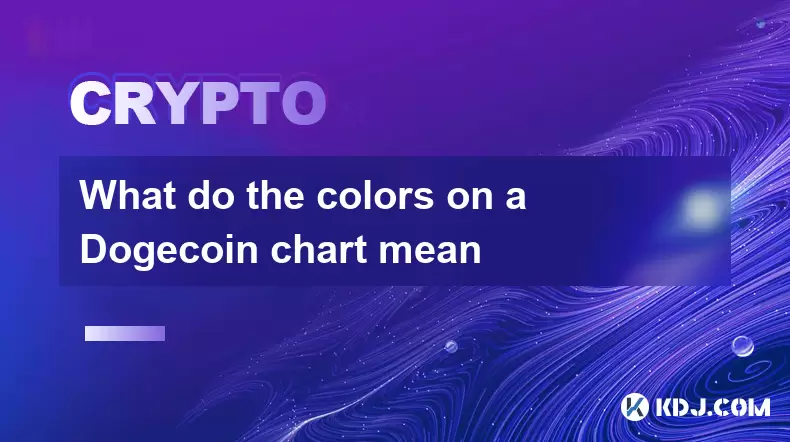
Understanding the Basics of a Dogecoin Chart
When analyzing a Dogecoin chart, one of the first things users notice is the use of different colors to represent price movements. These colors are not arbitrary; they serve as visual indicators of whether the price is rising or falling during specific time intervals. Typically, green indicates that the price has increased compared to the previous period, while red signifies a decrease in value. This color coding helps traders quickly assess market sentiment without needing to read numerical values constantly.
It’s important to note that these colors can sometimes vary depending on the platform or software being used. Some platforms may invert the standard colors or allow users to customize them according to personal preferences. Regardless of the exact hues used, the core principle remains consistent: color-coded bars or candles provide an immediate understanding of price direction.
Breaking Down Candlestick Charts and Their Color Significance
Most Dogecoin charts displayed on trading platforms utilize candlestick charts, which originated from Japanese rice traders centuries ago. Each candlestick represents a defined time interval—such as 1 minute, 5 minutes, 1 hour, or even 1 day—and contains four key data points: open, high, low, and close prices. The color of the candlestick body conveys critical information:
- If the closing price is higher than the opening price, the candlestick is typically filled with green.
- Conversely, if the closing price is lower than the opening price, the candlestick appears in red.
The wicks (or shadows) above and below the body indicate the highest and lowest prices reached during that time frame. By observing patterns formed by multiple colored candlesticks, traders attempt to predict future price movements using technical analysis techniques such as engulfing patterns, doji formations, and hammer signals.
Bar Charts and Their Color Interpretation
In addition to candlestick charts, some Dogecoin charts display data in the form of bar charts. Similar to candlesticks, each bar reflects the open, high, low, and close prices for a given period. However, instead of colored bodies, bar charts often rely on small horizontal dashes to indicate the opening and closing prices. The color of the entire bar itself changes based on whether the price went up or down:
- A green bar means the closing price was higher than the opening price.
- A red bar indicates the closing price was lower than the opening price.
These colors help traders identify trends at a glance, especially when scanning through multiple time frames or comparing Dogecoin's performance against other cryptocurrencies. Bar charts are less visually complex than candlesticks but still offer valuable insights into market dynamics.
Timeframe Variations and Color Consistency
One aspect that often confuses new traders is how the colors on a Dogecoin chart can appear inconsistent across different timeframes. For example, a particular 1-hour chart might show several green candles, suggesting upward momentum, while the daily chart could display a red candle, indicating a broader downtrend. This discrepancy occurs because each timeframe aggregates data differently:
- Shorter timeframes like 1-minute or 5-minute charts reflect rapid fluctuations and are useful for intraday trading.
- Longer timeframes such as daily or weekly charts reveal overarching trends and are more relevant for long-term investors.
Despite these differences, the color logic remains constant: green always means price rose during that interval, and red means it fell. Understanding this consistency helps traders avoid confusion when switching between timeframes.
Customizing Colors on Dogecoin Trading Platforms
Many modern cryptocurrency trading platforms allow users to customize the colors on their Dogecoin charts. This feature is particularly useful for individuals with color vision deficiencies or those who prefer alternative schemes for better visibility. Customization options usually include:
- Changing the default green and red to other contrasting colors like blue and orange.
- Adjusting background themes to reduce eye strain during prolonged trading sessions.
- Applying gradient effects or transparency levels to enhance readability.
To change the colors on most platforms, users typically navigate to the settings or preferences section within the chart interface. From there, they can select predefined themes or manually adjust individual elements such as candlestick colors, grid lines, and indicator overlays. It’s worth experimenting with these options to find a setup that enhances clarity and supports effective decision-making.
Frequently Asked Questions
Can I change the default green and red colors on Dogecoin charts?
Yes, most trading platforms offer customization options that allow you to alter the colors used for price movements. You can usually access these settings through the chart’s menu or preferences panel.
Do all Dogecoin charts use the same color scheme?
No, color schemes can vary between platforms. While many follow the standard green for up and red for down, some may use different combinations. Always verify the legend or settings to ensure accurate interpretation.
Why do some Dogecoin charts use hollow or filled candles?
This relates to the type of chart being used. Candlestick charts use filled (typically red) and hollow (typically green) bodies to indicate price direction. Filled candles mean the price dropped, while hollow ones mean it rose.
How do colors affect trading decisions on Dogecoin charts?
Colors provide quick visual cues about market direction. Traders use these color-coded signals to identify potential entry and exit points, confirm trend reversals, and assess overall market sentiment without needing to interpret raw numbers constantly.
Disclaimer:info@kdj.com
The information provided is not trading advice. kdj.com does not assume any responsibility for any investments made based on the information provided in this article. Cryptocurrencies are highly volatile and it is highly recommended that you invest with caution after thorough research!
If you believe that the content used on this website infringes your copyright, please contact us immediately (info@kdj.com) and we will delete it promptly.
- PEPE, BONK, and Remittix: Meme Coins Meet Real-World Utility
- 2025-07-06 02:30:13
- PENGU Token's eToro Debut and Weekly Surge: What's Driving the Hype?
- 2025-07-06 02:30:13
- Royal Mint Coins: Unearthing the Rarest Queen Elizabeth II Treasures
- 2025-07-06 00:30:12
- BlockDAG, SEI, and HYPE: Decoding the Crypto Buzz in the Big Apple
- 2025-07-06 00:50:13
- Uniswap in a Bear Market: Price Analysis and What's Next
- 2025-07-06 01:10:13
- Arctic Pablo Price Hike: Is Housecoin Feeling the Chill?
- 2025-07-06 00:30:12
Related knowledge

When to sell Dogecoin based on technical analysis
Jul 05,2025 at 07:34pm
Understanding the Basics of Technical AnalysisTechnical analysis is a method used by traders to evaluate and predict future price movements based on historical data, primarily price and volume. In the context of Dogecoin (DOGE) trading, technical analysis involves studying charts and using various indicators to identify patterns that may suggest future ...
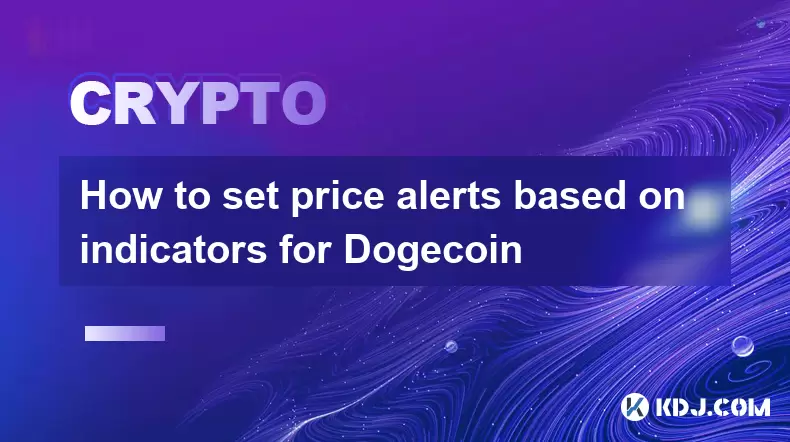
How to set price alerts based on indicators for Dogecoin
Jul 05,2025 at 07:32pm
Understanding Price Alerts and Their Relevance to DogecoinPrice alerts are notifications set by traders or investors to receive updates when a specific cryptocurrency, such as Dogecoin (DOGE), reaches a predefined price level. These alerts help users stay informed without constantly monitoring the market. For Dogecoin, which is known for its volatile na...
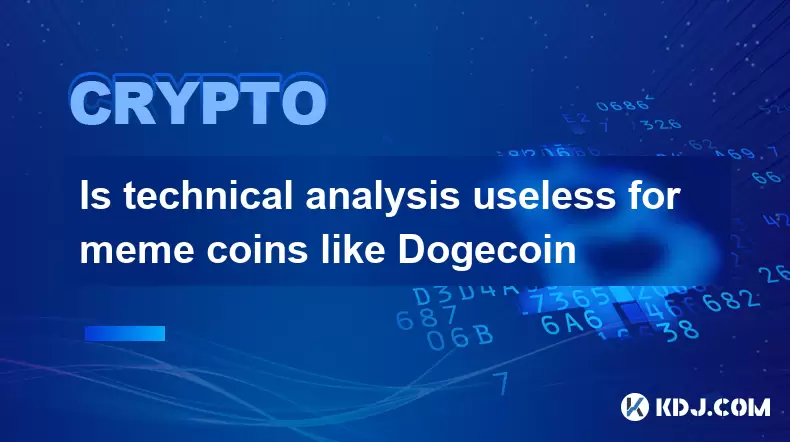
Is technical analysis useless for meme coins like Bitcoincoin
Jul 05,2025 at 07:33pm
Understanding Meme Coins and Their Unique NatureMeme coins, such as Dogecoin, derive their value not from technological innovation or utility but from community sentiment and social media trends. Unlike traditional cryptocurrencies like Bitcoin or Ethereum, which have clear use cases and development roadmaps, meme coins thrive on viral attention and onl...
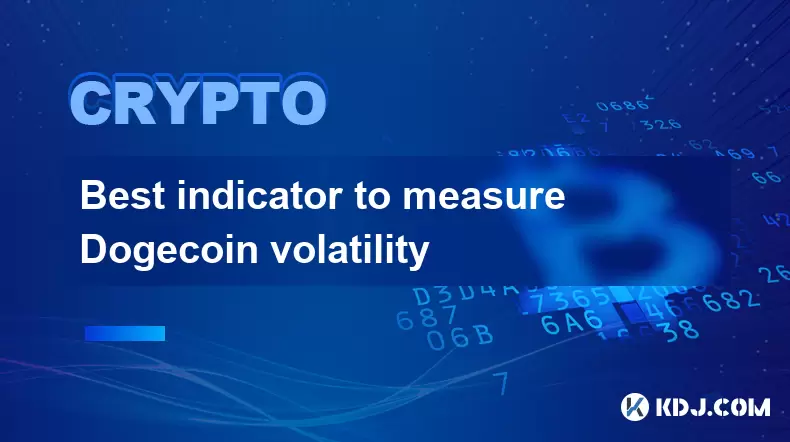
Best indicator to measure Bitcoincoin volatility
Jul 05,2025 at 07:35pm
Understanding Dogecoin VolatilityDogecoin (DOGE), originally created as a meme cryptocurrency, has grown into one of the most actively traded digital assets. Its volatility, however, remains a major concern for investors and traders alike. Unlike traditional financial instruments, cryptocurrencies like Dogecoin are influenced by social media trends, cel...
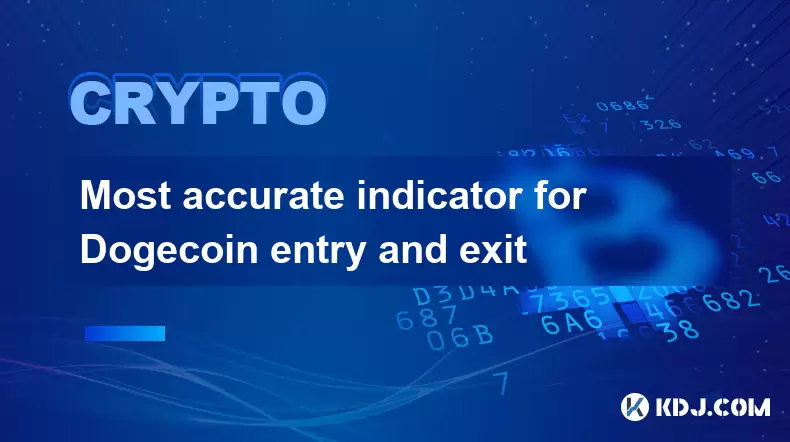
Most accurate indicator for Dogecoin entry and exit
Jul 05,2025 at 07:31pm
Understanding the Role of Indicators in Cryptocurrency TradingIn the world of cryptocurrency trading, especially for volatile assets like Dogecoin (DOGE), using accurate technical indicators is crucial for identifying entry and exit points. These indicators are mathematical calculations based on price, volume, or market sentiment that help traders make ...

How to backtest Bitcoincoin indicator strategy
Jul 05,2025 at 07:16pm
Understanding Dogecoin and Its Market BehaviorBacktesting a Dogecoin indicator strategy begins with understanding the unique behavior of DOGE in the cryptocurrency market. Unlike Bitcoin or Ethereum, which have more predictable price movements due to larger institutional involvement, Dogecoin often exhibits high volatility driven by social media trends,...

When to sell Dogecoin based on technical analysis
Jul 05,2025 at 07:34pm
Understanding the Basics of Technical AnalysisTechnical analysis is a method used by traders to evaluate and predict future price movements based on historical data, primarily price and volume. In the context of Dogecoin (DOGE) trading, technical analysis involves studying charts and using various indicators to identify patterns that may suggest future ...

How to set price alerts based on indicators for Dogecoin
Jul 05,2025 at 07:32pm
Understanding Price Alerts and Their Relevance to DogecoinPrice alerts are notifications set by traders or investors to receive updates when a specific cryptocurrency, such as Dogecoin (DOGE), reaches a predefined price level. These alerts help users stay informed without constantly monitoring the market. For Dogecoin, which is known for its volatile na...

Is technical analysis useless for meme coins like Bitcoincoin
Jul 05,2025 at 07:33pm
Understanding Meme Coins and Their Unique NatureMeme coins, such as Dogecoin, derive their value not from technological innovation or utility but from community sentiment and social media trends. Unlike traditional cryptocurrencies like Bitcoin or Ethereum, which have clear use cases and development roadmaps, meme coins thrive on viral attention and onl...

Best indicator to measure Bitcoincoin volatility
Jul 05,2025 at 07:35pm
Understanding Dogecoin VolatilityDogecoin (DOGE), originally created as a meme cryptocurrency, has grown into one of the most actively traded digital assets. Its volatility, however, remains a major concern for investors and traders alike. Unlike traditional financial instruments, cryptocurrencies like Dogecoin are influenced by social media trends, cel...

Most accurate indicator for Dogecoin entry and exit
Jul 05,2025 at 07:31pm
Understanding the Role of Indicators in Cryptocurrency TradingIn the world of cryptocurrency trading, especially for volatile assets like Dogecoin (DOGE), using accurate technical indicators is crucial for identifying entry and exit points. These indicators are mathematical calculations based on price, volume, or market sentiment that help traders make ...

How to backtest Bitcoincoin indicator strategy
Jul 05,2025 at 07:16pm
Understanding Dogecoin and Its Market BehaviorBacktesting a Dogecoin indicator strategy begins with understanding the unique behavior of DOGE in the cryptocurrency market. Unlike Bitcoin or Ethereum, which have more predictable price movements due to larger institutional involvement, Dogecoin often exhibits high volatility driven by social media trends,...
See all articles

























































































